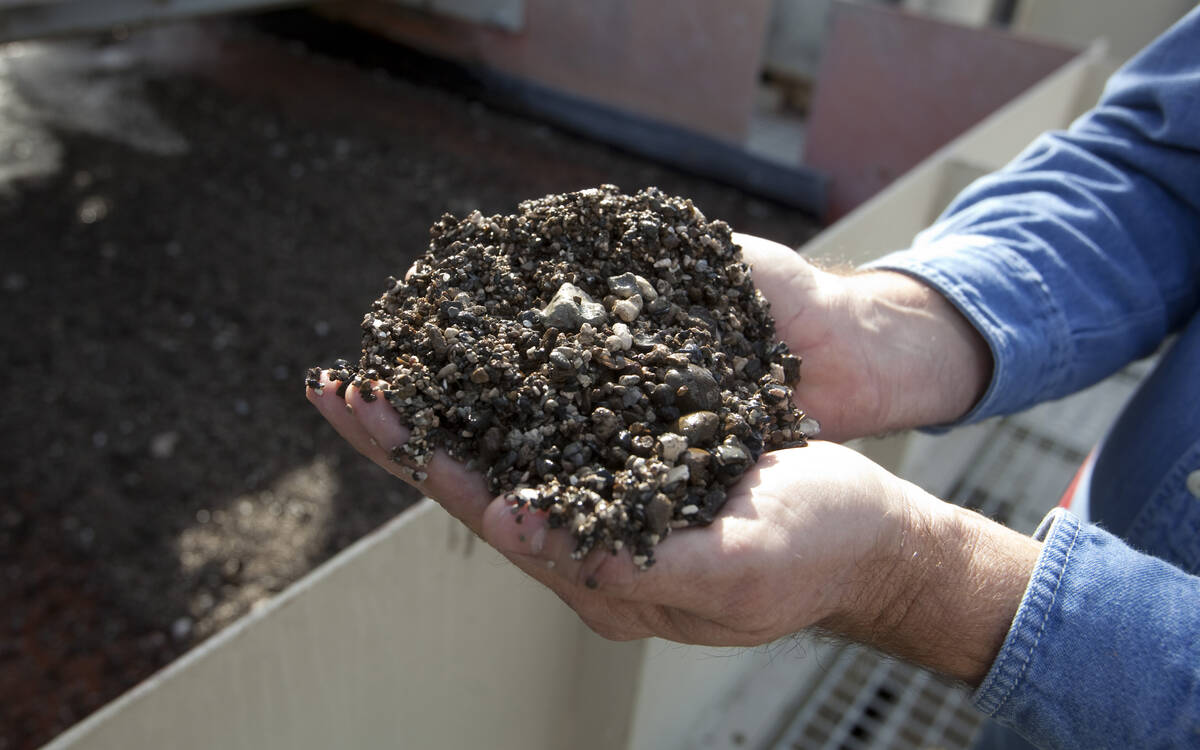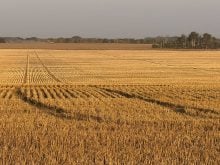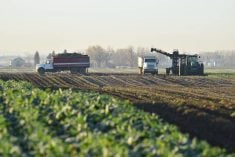There is enough water in the Saskatchewan River basin to support the three million people living within the region but the resource must be properly managed, a study says.
A three year project commissioned by the Partners for the Saskatchewan River Basin looked at the quality and quantity of the rivers that pass through the region that covers an area slightly smaller than France. It was the first time all jurisdictions involved in water stewardship were part of a full study of the rivers draining the semi-arid plains of Western Canada.
Read Also

Phosphate prices to remain high
Phosphate prices are expected to remain elevated, according to Mosaic’s president.
“Human activity has greatly affected the waters in our rivers,” said Ray Fast, chair of the partnership group.
“The landscape has been profoundly affected by agriculture, rural development, drainage, forest harvest, mining, manufacturing and water usage by the population generally.”
The partnership hired international hydrologist Bob Halliday to lead the study, which pinpointed key vulnerabilities for the basin. These include the potential impacts of climate change, floods and droughts, landscape modification, municipal waste water treatment, supplies, dams and diversions and invasive species.
Fast and Halliday said each province has good strategies for conservation and safe drinking water, but there are potential areas for problems to arise. Hundreds of watershed groups, stewardship clubs and government plans work on projects in the basin, but few look outside their jurisdictions to see what is happening downstream or across borders.
A key consideration is the effects on those living downstream from the Rocky Mountains.
Lake Winnipeg has problems with nutrient runoff from nature, agriculture and sewage.
“Whatever we put in this river does end up in Lake Winnipeg,” Halliday said.
The rivers start in the Rocky Mountains so half the basin is in Alberta, 40 percent is in Saskatchewan, six percent in Manitoba and a small portion in Montana. As the river moves eastward, it forms the Saskatchewan River Delta straddling the Saskatchewan and Manitoba borders. It receives little attention or protection even though it is the largest inland delta in North America.
The mountain fed streams are naturally hard but the water is of generally good quality with low nutrient levels. Prairie streams are highly mineralized and have considerable natural nutrient content.
“When you try to measure the effects of land use and municipal effluents on these rivers, you have to tease apart the natural effects and the human effects on the water,” Halliday said.
The South Saskatchewan River and its tributaries are busy waterways supporting 75 percent of Canada’s irrigated farmland. More livestock consume the water than people and a large urban population depends on the rivers for consumption and industrial works.
The North Saskatchewan flow is lighter than the southern river. However, with fewer dams, it flows more freely and is not as transformed by human activity.
“Water consumption from the North Saskatchewan River is roughly equivalent to the evaporation from Lake Diefenbaker,” Halliday said.
Consumption is shared by the three provinces under the agreement on apportionment. Alberta may withdraw 50 percent of the natural flow of the river although it is usually below its entitlement. Normally, 68 percent of the water flows into Saskatchewan but in the drought year of 2001, 58 percent went east.
“There is an opportunity for increased water use in Alberta,” he said.
Treatment of waste water is a prime concern although cities like Calgary and Saskatoon have good filters, he said.
“Waste water treatment in this basin is very good by Canadian standards but there is still room for improvement on nutrients in particular.”
The cities must now better treat storm water, which washes into the rivers. Edmonton has made great strides in improving water quality including managing storm water runoff.
It is also known a wider range of chemicals end up in the rivers and more work is needed to understand how that might affect those downstream.
Reports are coming in about more pathogens, pharmaceuticals in the water like pain relievers and estrogen from birth control pills.
Climate change and drought and how they affect water flow should be concerns in the future. If there is a decade long drought such as experienced in Australia, Halliday questions how this basin may cope.
“At this point we do not know what the impact of climate change will be,” he said.















